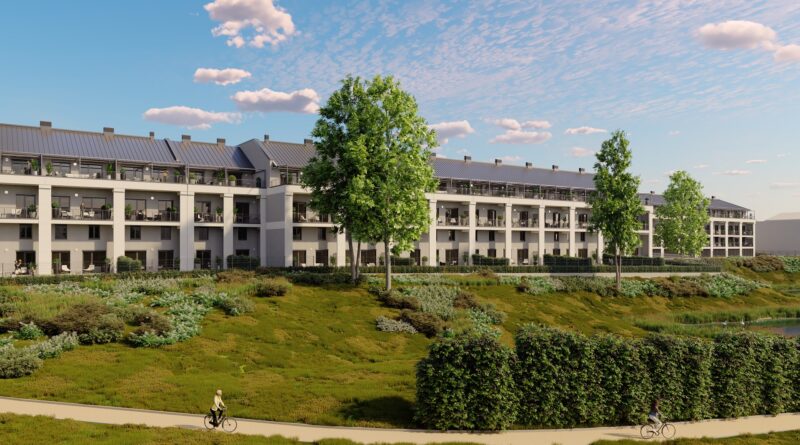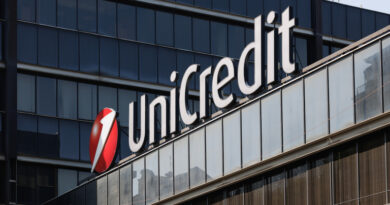CBRE expects further polarisation in European real estate investment markets
Sovereign debt problems and divergent national economic performance will lead to increased polarisation in European commercial real investment markets in Europe, CBRE revealed its European Investment Market briefing at the annual Expo Real conference in Munich, Germany.
The polarisation of prime and secondary commercial property markets, which has characterised the European real estate landscape over the last two years with investment interest highly concentrated at the prime end, is expected to continue for the foreseeable future and possibly intensify. Very low returns on cash and top-rated government bonds make prime property yields relatively attractive, but with major economic uncertainties prevailing, property investors will focus on larger, more liquid markets and those perceived to have stronger economic fundamentals. CBRE anticipates that sustained competition for core assets will support robust pricing for prime quality property.
Speaking at Expo Real, Dr Peter Damesick, EMEA Chief Economist for CBRE, said: “Current drivers among both equity-based and debt-financed investors are leading to a concentration on prime quality assets in core markets. This is becoming a crowded space where investors are finding it difficult to secure sufficient opportunities of the quality required. Meanwhile, in much of the rest of the market liquidity is limited and pricing much more uncertain. Heightened uncertainties created by the sovereign debt crisis and downgrades in growth expectations are reinforcing these trends.”
Outside the prime category, CBRE expects widening disparities in property pricing and performance depending on asset quality and local market conditions. Good secondary property in stronger markets with potential for asset management to add value will attract investor interest. Poorer quality secondary or tertiary property has a more challenging outlook with an ongoing lack of debt finance for investment. Pricing is untested in substantial parts of the secondary market in Europe and it is likely a significant proportion of low quality assets will only find purchasers at prices offering potential for high risk equity-style returns.vAt a sector level, retail property has taken a larger share of the European investment market in 2011, with the volume of purchases in H1 2011 up by 29% on a year earlier. Retail property investment was significantly stronger compared to 2010 activity in Germany, the Nordic countries and CEE.
CBRE’s analysis shows that real estate investment volumes in Italy and Spain were down by over 40% in the first half (H1) of 2011 compared to H2 2010. In Portugal, transactions declined by 80%. The much larger markets in the United Kingdom (UK) and France also saw reduced activity in the first half (H1) of 2011 compared with H2 2010, while Germany saw a 6% increase and Central and Eastern European (CEE) markets in aggregate recorded a 49% rise in investment volume.“ Investors are positive about CEE and their geographical focus is widening” –added Tim O’Sullivan, Head of Capital Markets at CBRE Hungary. “Markets like Warsaw and Prague are starting to look expensive for some investors who are now getting priced out of these markets. Instead of looking at secondary assets in these cities, investors prefer to focus on prime assets in other CEE Cities, as the yield gap between Budapest and its neighboring countries now looks very attractive. This attitude could boost Hungarian investment turnover in the last quarter of the year.”
































